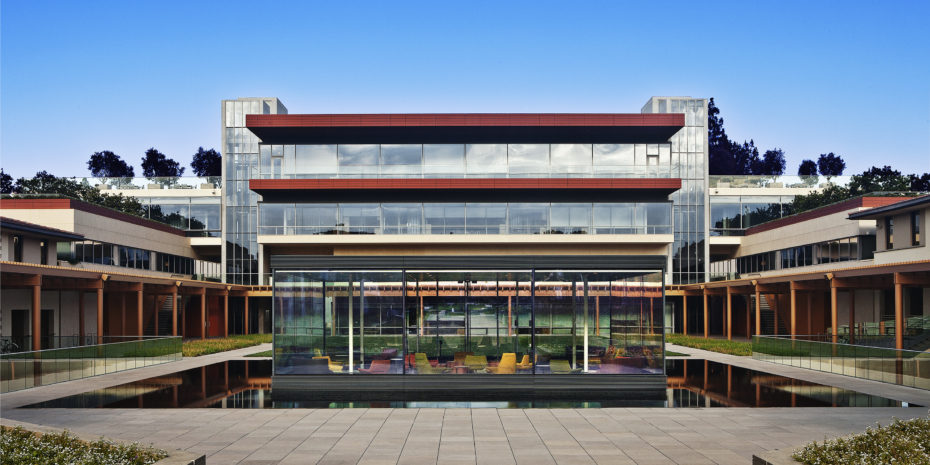“Winning from the Center: Frank Bigelow and California’s Nonpartisan Primary,” California Journal of Politics and Policy
June 3, 2014 marked the second time that California has used the new top-two primary election system. When voters passed Proposition 14 in 2010, the hope was that new election rules would alter the behavior of legislators. Whether this has happened is the subject of study and debate. Rose Institute Faculty Fellow J. Andrew Sinclair, with the assistance of Rose Institute Student Manager Ian O’Grady ’15, has published an article in the current issue of The California Journal of Politics and Policy that argues California’s top-two primary may have a measurable moderating effect on the California State Assembly through same-party run-offs. Political analyst Tony Quinn, a member of the Rose Institute’s Board of Governors, also contributed commentary on the Top-2 primary in that issue.
With the Institute’s Primary Elections research, we hope to build a database that provides, for state and local politics, an answer to the question Abramson, Aldrich, and Rohde (2003) asked about Presidential politics: does “changing the rules change the game?” Our work in particular concentrates on aspects of election administration that alter political outcomes. Since Proposition 14 (the “top-two” primary) has increased interest in primary elections in California, our initial data collection has focused on building a resource to place these new laws in national and historical context. In the coming months, we will use this database as part of an active academic research agenda, conducting analysis and predictions, and then release the database for wider use.
Below is the abstract for Faculty Fellow J. Andrew Sinclair’s paper on the Top-Two Primary:
In 2012, California first used a nonpartisan “top-two” primary. Early academic studies of the effects statewide have produced mixed results on the key question: does the new law make it possible for more moderate candidates to win? This study focuses on one particular California State Assembly race, District 5, from 2012 to assess the operation of the new law in detail in one same-party runoff. Republicans Frank Bigelow and Rico Oller competed against each other in both rounds; Bigelow, the more moderate Republican, won the general election. This study uses the internal Bigelow campaign polling data (three surveys of 400 voters each) to assess the dynamics of the race, revealing not just voter attitudes towards the candidates but the reasons for Bigelow campaign choices. The results suggest that although little strategic behavior took place in the first round, voters, including Democrats, tended to support the spatially logical candidate in the general election – with the advantage to Bigelow, the candidate closer to the median voter of the district.
Read the full paper here!


Sorry, comments are closed for this post.